The World of Beetles: Giants of the Insect Kingdom in Costa Rica
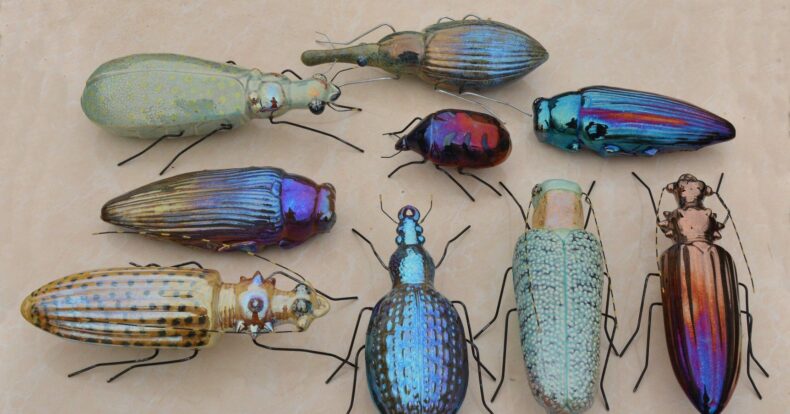
Costa Rica, known for its impressive biodiversity, is home to one of the most fascinating and varied groups of insects: beetles. Belonging to the order Coleoptera, these insects constitute about 45% of the insect species in the country, and approximately 25% of all organisms that inhabit Costa Rican territory. About 35,000 species of beetles are estimated to exist in Costa Rica, which makes this country a key refuge for studying their diversity and adaptations.
Diversity of Species
Among the most outstanding families of Costa Rican beetles are:
Curculionidae (Weevils)
With about 7,500 species, they are characterized by their robust body and elongated snout. Many of these insects are considered agricultural pests, as they feed on stems and leaves.
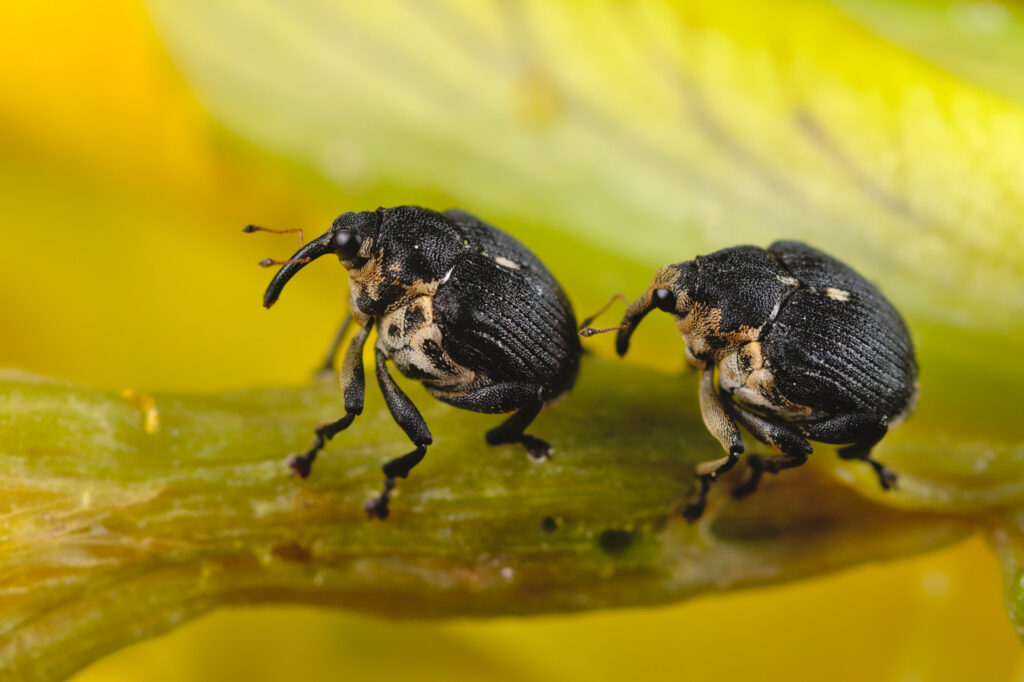
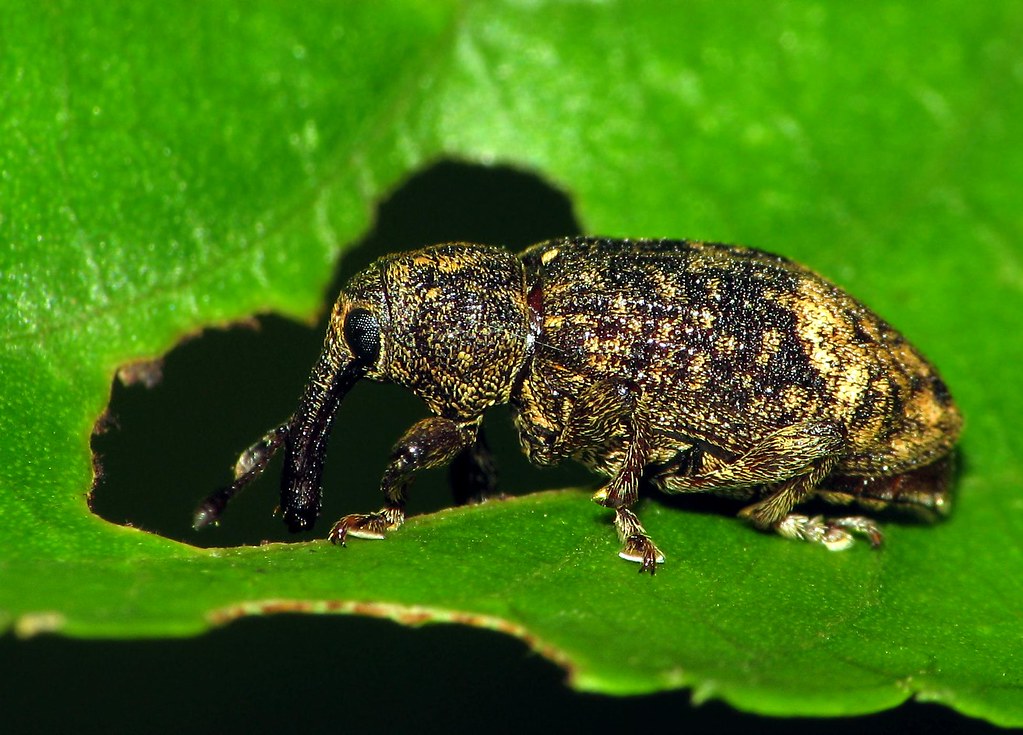
Staphylinidae (Vagabond beetles)
This family is home to about 5,000 species and is recognized by its elongated body and prominent antennae. These beetles are effective predators of other insects, making them natural allies in pest control.

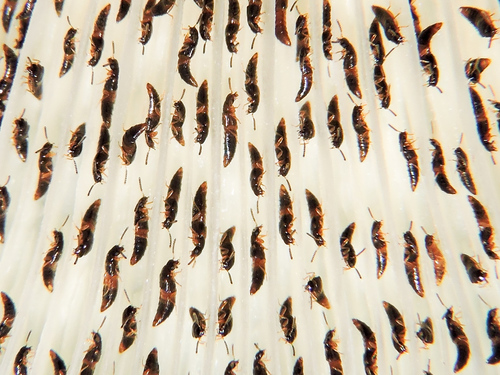
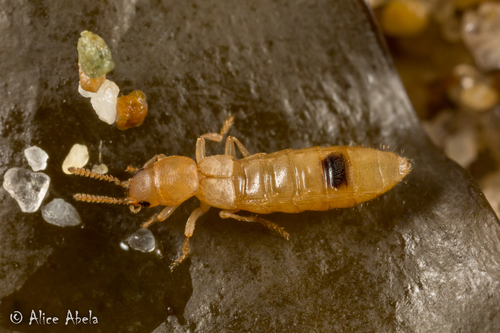
Chrysomelidae (Leaf Beetles)
Approximately 3,500 species, these beetles are known for their colorfulness. Although many of them are agricultural pests, affecting crops such as corn and potatoes, they also play an ecological role in ecosystems.
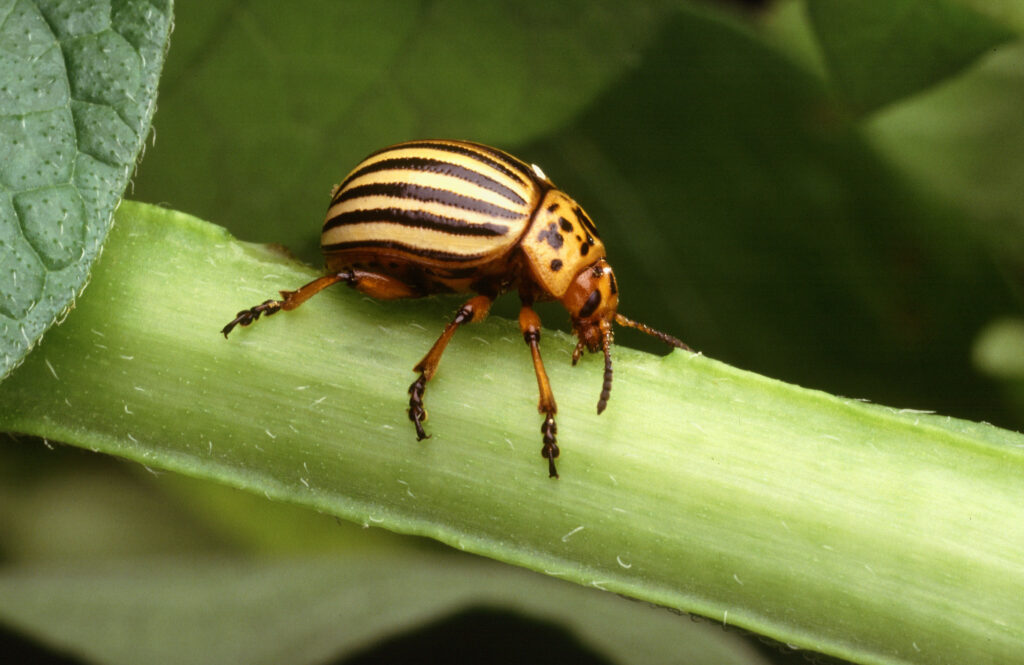
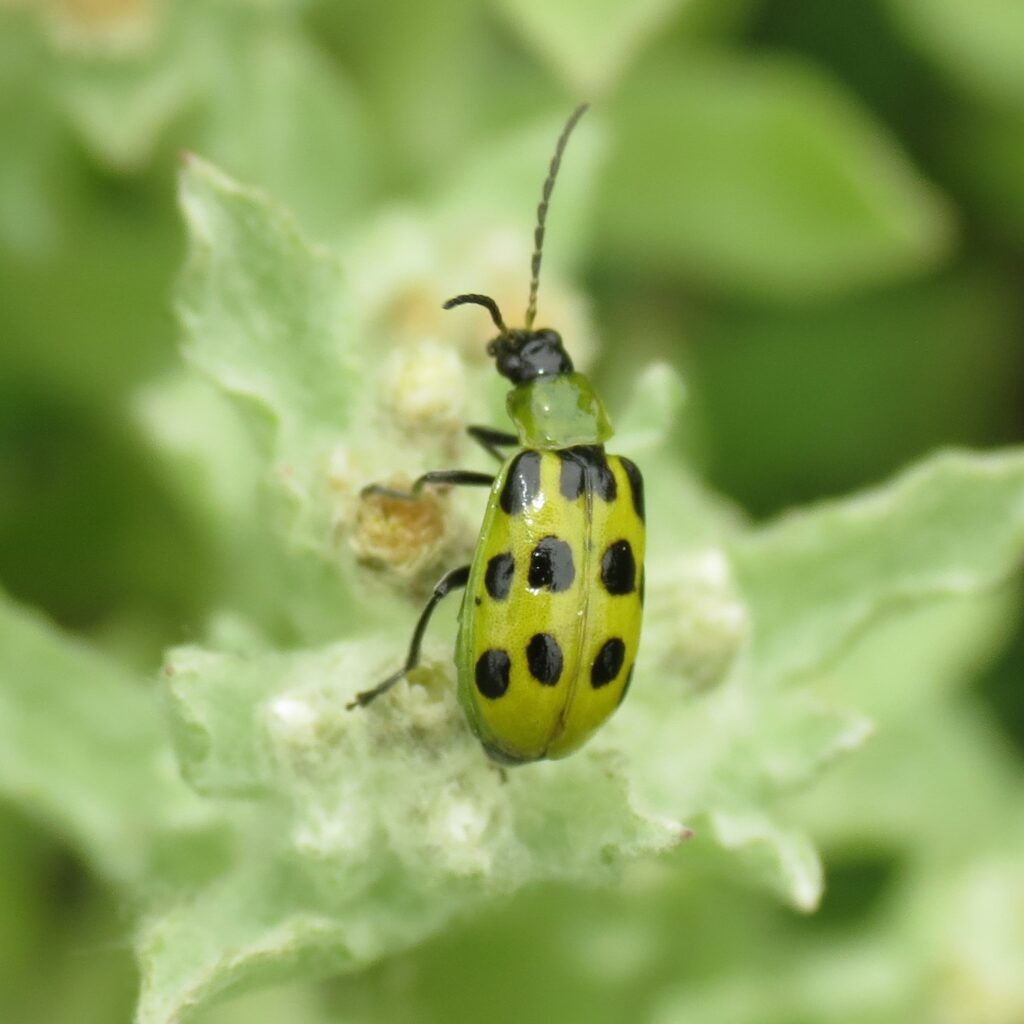
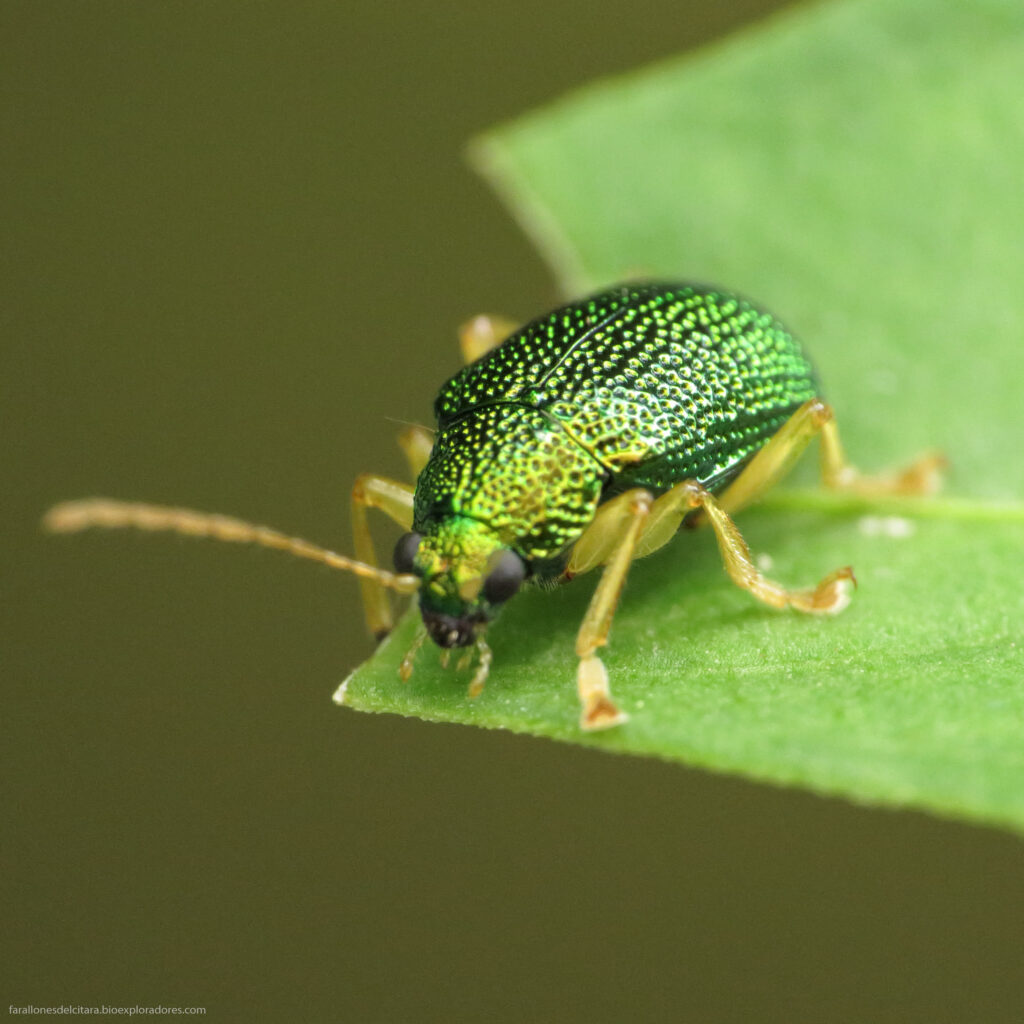
Carabidae (Ground Beetles)
They are nocturnal predators with about 2,200 species, whose diet includes other insects. In the agricultural areas, they are essential for natural pest control.
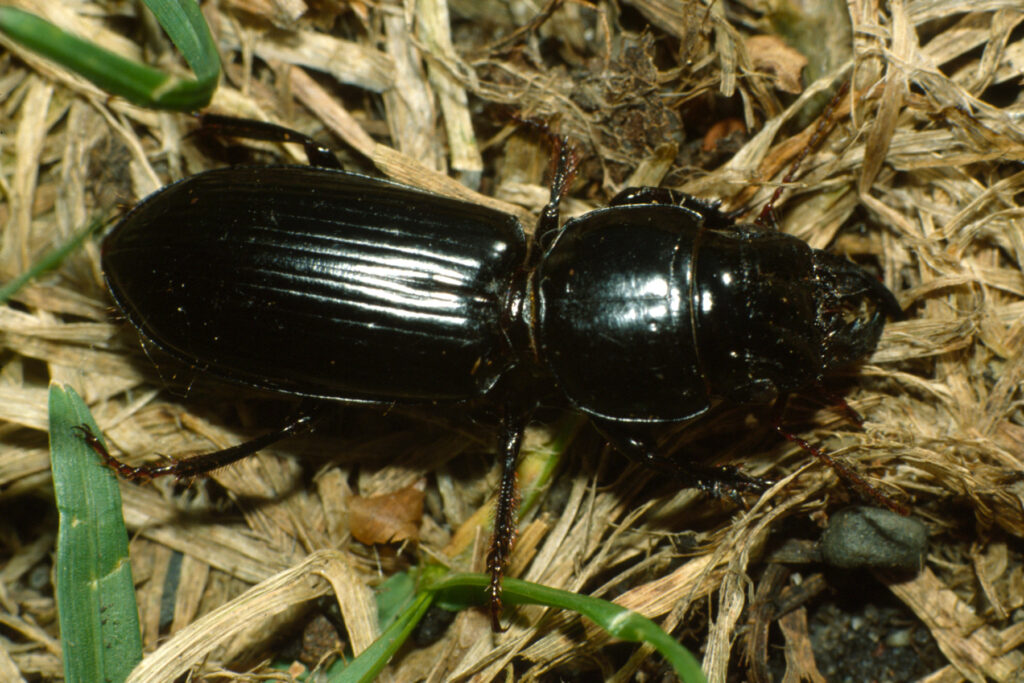
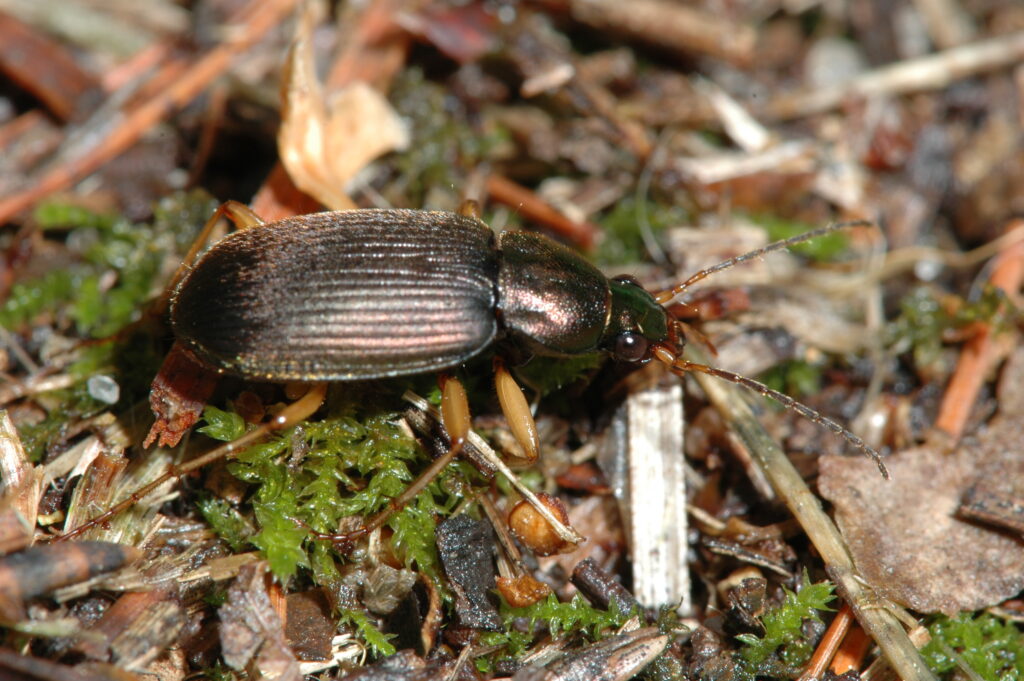
Cerambycidae (Longicorn Beetles)
This family, also with about 2,200 species, is known for its long antennae. Many of these species are pests of trees and forest crops.
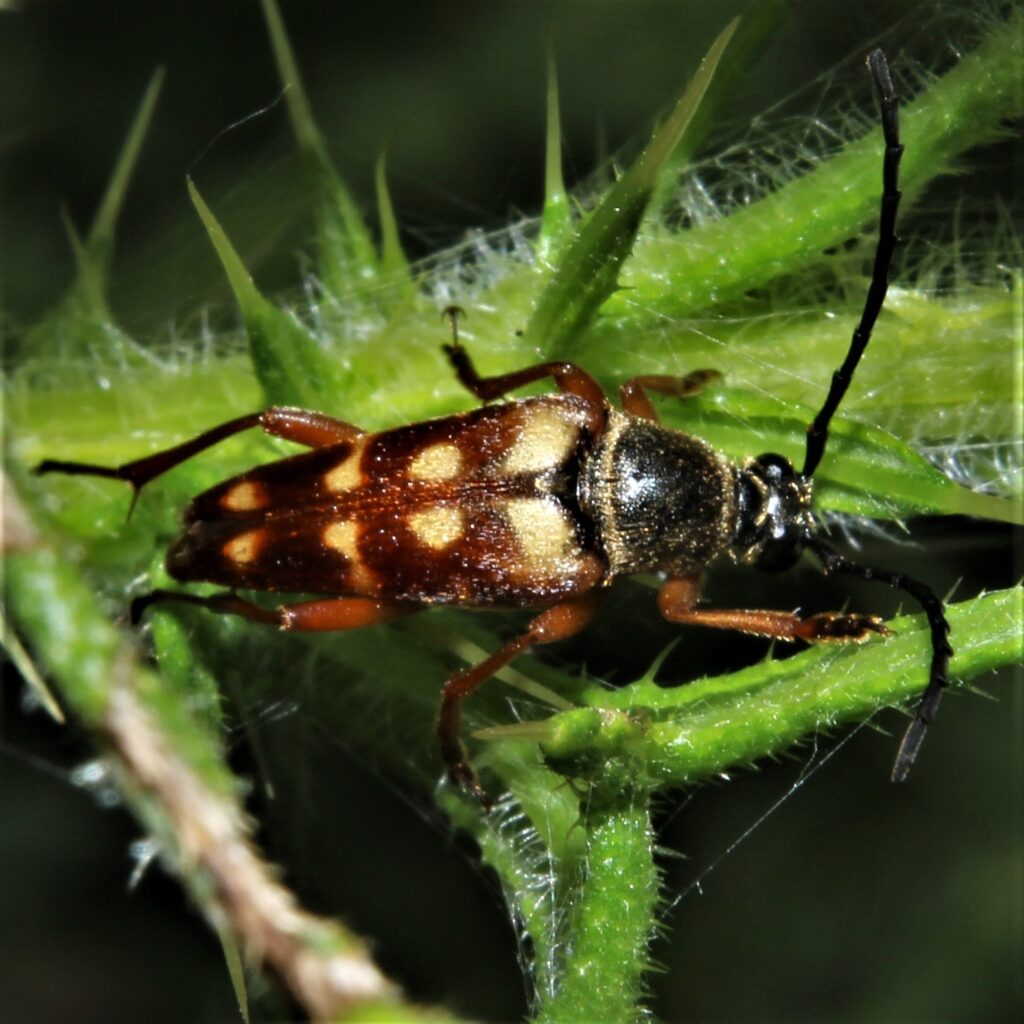
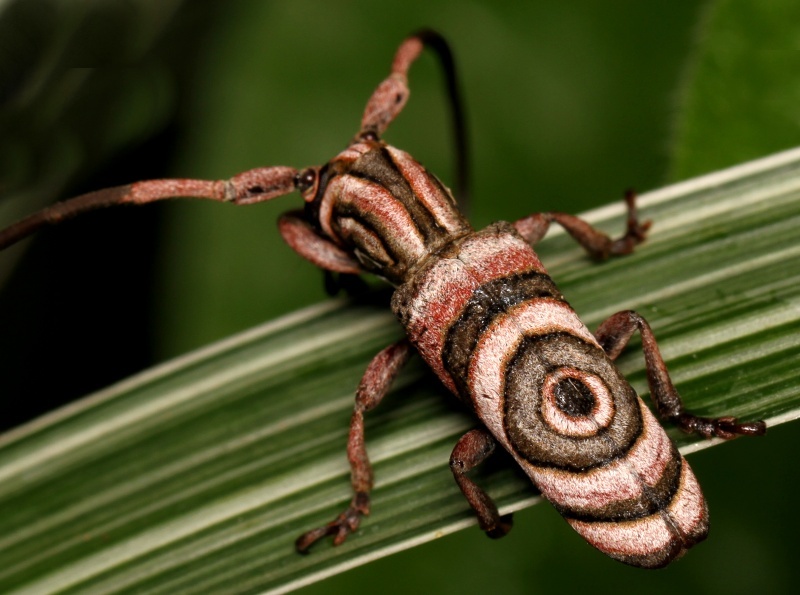
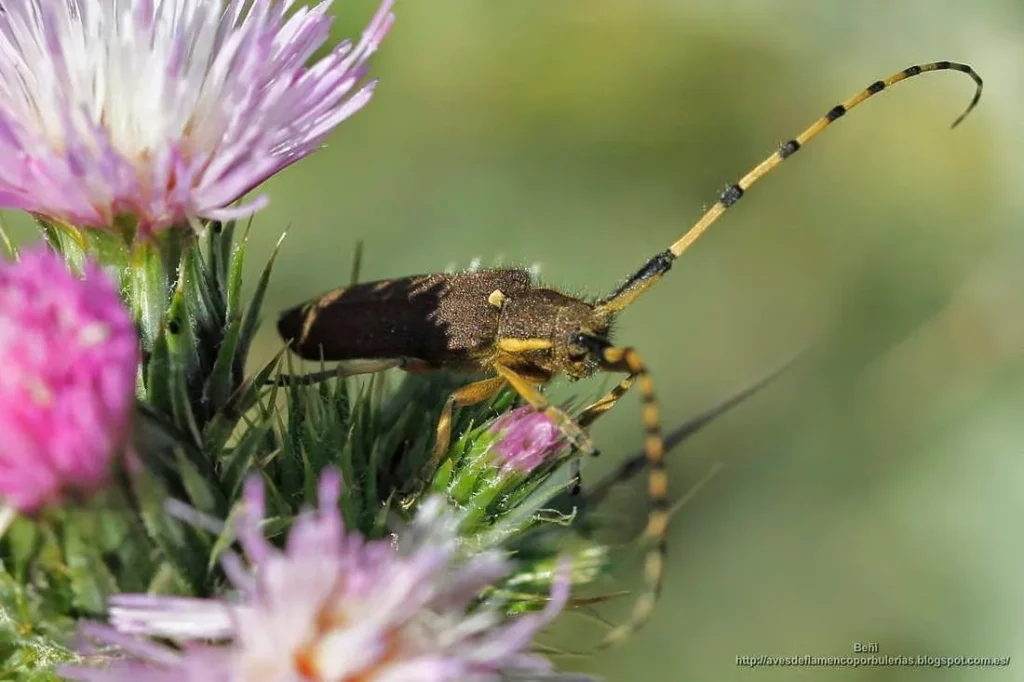
Scarabaeidae (Dung Beetles)
Although their exact number of species varies, these beetles play an essential role in the decomposition of organic matter, being key to the health of soils in diverse ecosystems.
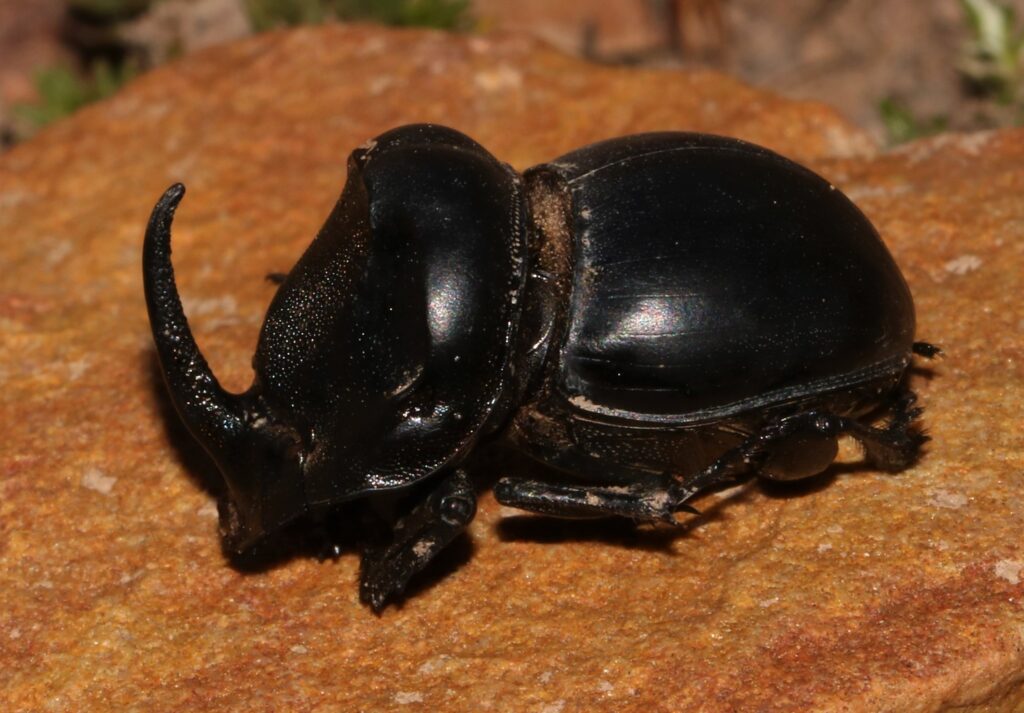
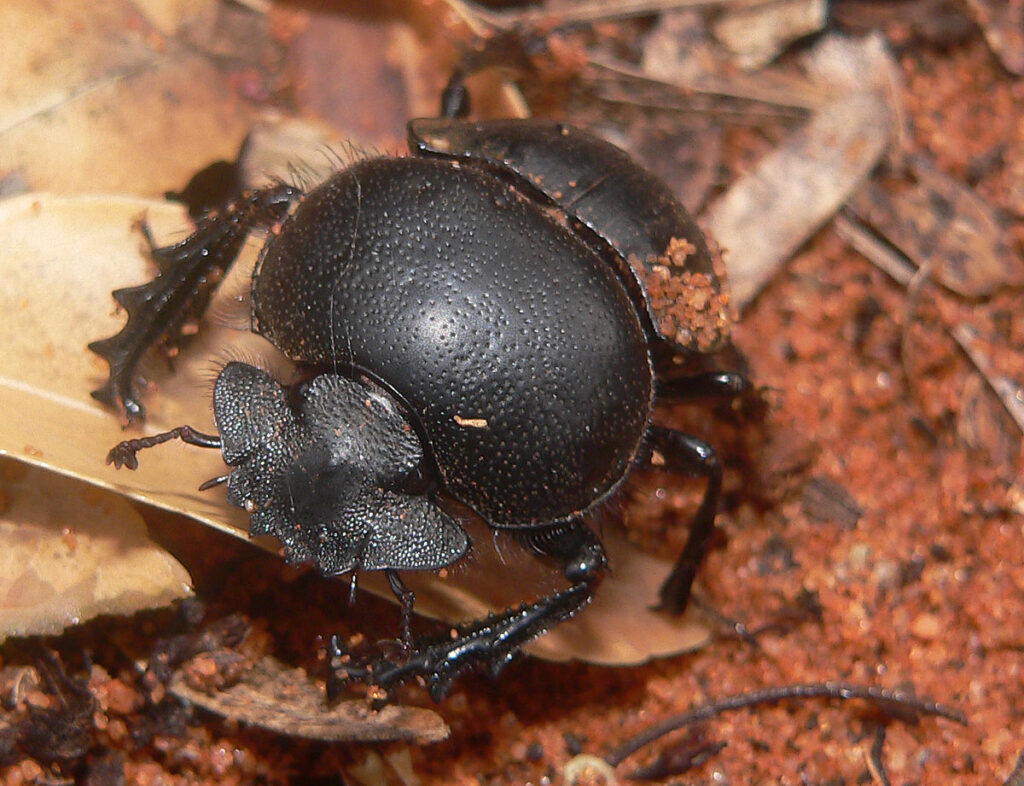
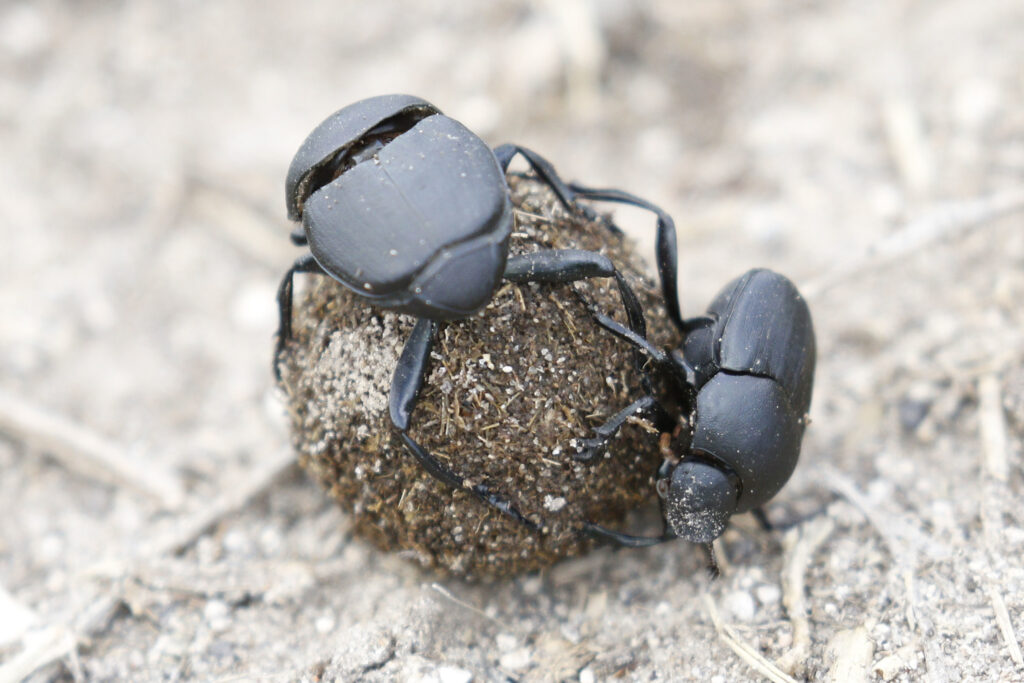
Adaptations and Survival
The beetles in Costa Rica have developed a number of impressive adaptations, which allow them to survive in almost every habitat in the country, from soils and leaf litter to treetops and aquatic environments. Some of the most notable characteristics include:
- Flight structures: Aerodynamic shapes that allow them to move between trees.
- Modified legs: Some species have legs designed for digging, swimming or climbing.
- Specialized jaws: These allow them to feed on a variety of sources, from wood to pollen and carrion.
- Chemical defenses: Many beetles have glands that produce toxic substances to defend themselves against predators.
- Ability to curl up: Some beetles can curl up into a ball to protect themselves from external threats.
Their diversity in the shapes, sizes and colors of these insects is equally astounding. From the majestic Dynastinae beetle, which can measure more than 10 cm, to the tiny Ptiliidae, less than 1 mm, the beetles in Costa Rica are a true natural wonder.
Ecological Importance
Indeed, the role of beetles in Costa Rican ecosystems is indispensable. Their participation in a variety of ecological functions is essential for the equilibrium of habitats:
- Organic matter decomposition: Many species decompose wood and leaf litter, facilitating the recycling of nutrients in the soil.
- Mushroom spore dispersal: By moving through different substrates, they help in the dispersal of essential fungi for ecosystems.
- Pollination: Some species act as pollinators, contributing to the reproduction of many plants.
- Biological control: As natural predators, they control insect populations that could become pests.
- Food source: they are an important part of the food chain, being prey for birds, mammals and reptiles.
Beetles and their Agricultural Importance.
However, not all are beneficial. Some species can become agricultural pests, causing significant damage to crops and forests. The Curculionidae, Chrysomelidae, Scarabaeidae and Cerambycidae are known for their larvae that attack roots, stems, and their adults that feed on leaves, flowers and fruits. Despite this, other species within these families can be natural pest controllers, highlighting the importance of proper ecological management.
Beetles in Costa Rica can be found in almost every habitat imaginable, from the leaf litter-covered ground to the tall trees of the rainforest. Aquatic environments also harbor species adapted to life in water. These diverse habitats not only provide shelter and food, but are also critical for the reproduction and dispersal of the various species.
Sensorial Sunsets
Navigate articles





